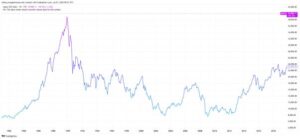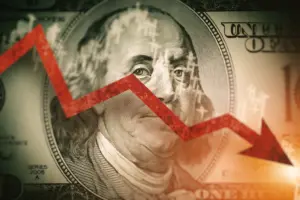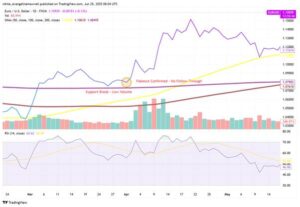OPEC+, the alliance of oil-producing nations including Saudi Arabia and Russia, has decided to move forward with another significant hike in oil production for July. The group announced on Saturday that it will increase output by 411,000 barrels per day (bpd), a continuation of the same level of increase for both May and June. This move marks an aggressive effort to reclaim market share and penalize member countries that have been overproducing beyond agreed quotas, like Iraq and Kazakhstan.
For years, OPEC+ had collectively cut oil output by over 5 million barrels per day — roughly 5% of global demand — to stabilize the market. But since April, eight core countries in the group have been gradually reversing these cuts. They began with a modest increase in April and tripled it for May, June, and now July. In total, they have announced output hikes amounting to 1.37 million bpd — more than half of the 2.2 million bpd they aim to restore to the market.
This production strategy has sent ripples through global oil markets. On Friday, ahead of the announcement, U.S. crude futures slipped due to fears of rising supply. Brent crude dropped by 22 cents to $63.93 per barrel, and West Texas Intermediate (WTI) fell to $60.73 per barrel after a temporary $1 plunge earlier in the day.
OPEC+ said the decision is based on "steady global economic outlook and healthy market fundamentals," noting that oil inventories remain low. They believe the market can absorb the extra supply — particularly with summer demand picking up. Russian Deputy Prime Minister Alexander Novak supported the timing, saying rising seasonal consumption justifies the increase.
Not all members were on board. Algeria, for example, requested a pause in the production increases, but the majority voted to proceed. Analysts suggest that the decision is more about regaining influence in the market. "If you can’t raise prices, you raise volume," one industry expert summarized.
The group’s move is also putting pressure on competitors, particularly U.S. shale producers, who have higher breakeven costs and are more sensitive to price drops. Analysts note that while OPEC+ is squeezing all producers, some are feeling the pain more than others.
The decision comes at a time when oil prices are already under stress. In April, prices fell below $60 per barrel — a four-year low — amid concerns over global demand and political tensions, including tariff announcements from the U.S. administration. Since then, prices have only modestly recovered.
Looking ahead, global oil demand is expected to rise by about 775,000 bpd in 2025, according to analysts. The International Energy Agency has forecasted a similar increase of 740,000 bpd. However, much will depend on how quickly global economic activity rebounds.
In addition to the current increases, OPEC+ maintains other production cuts in place that are expected to last until the end of 2026. That suggests the group still has tools to balance supply if needed in the future.





